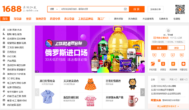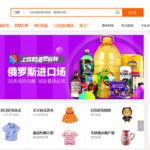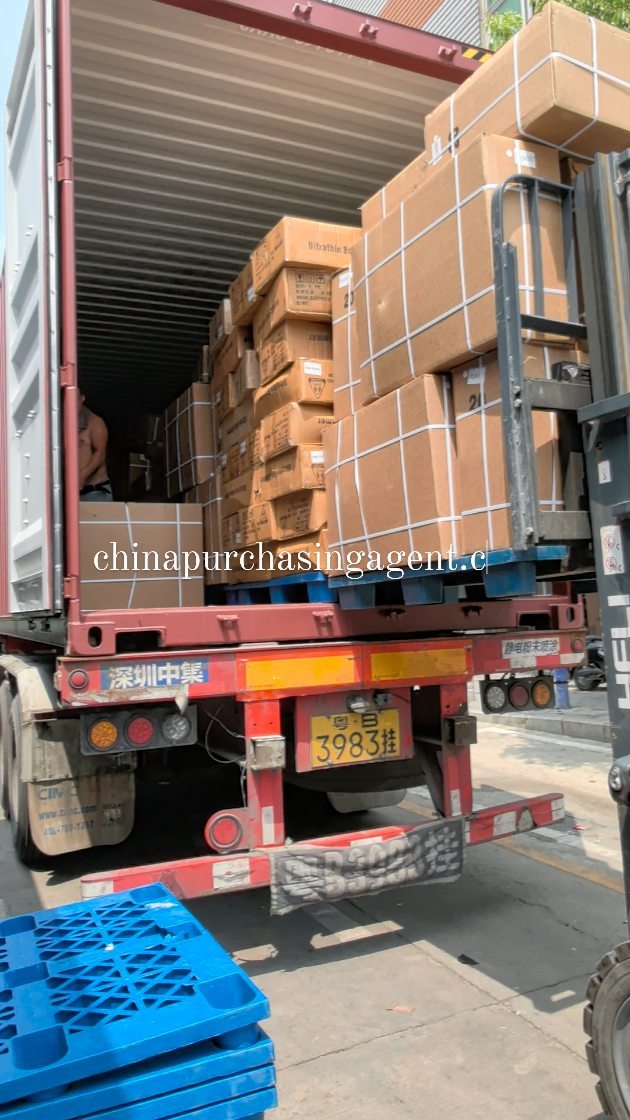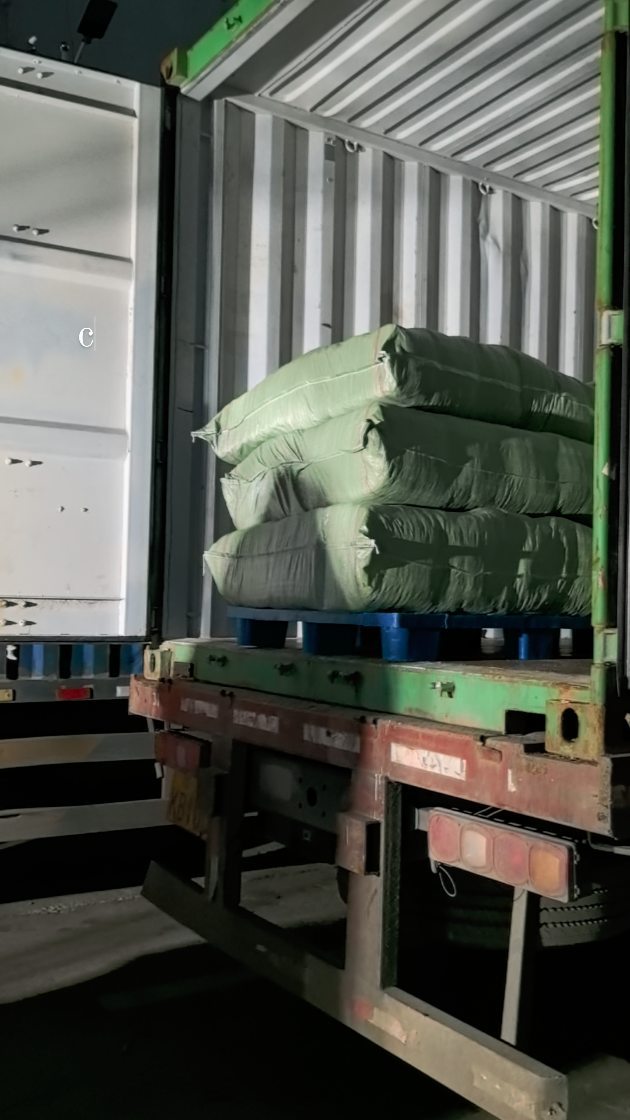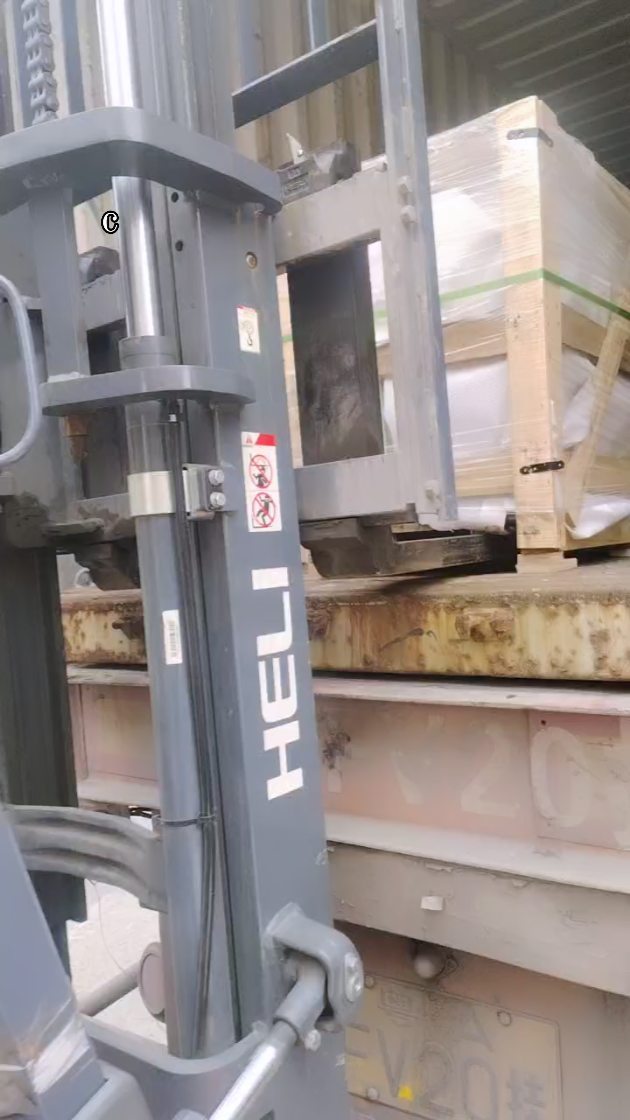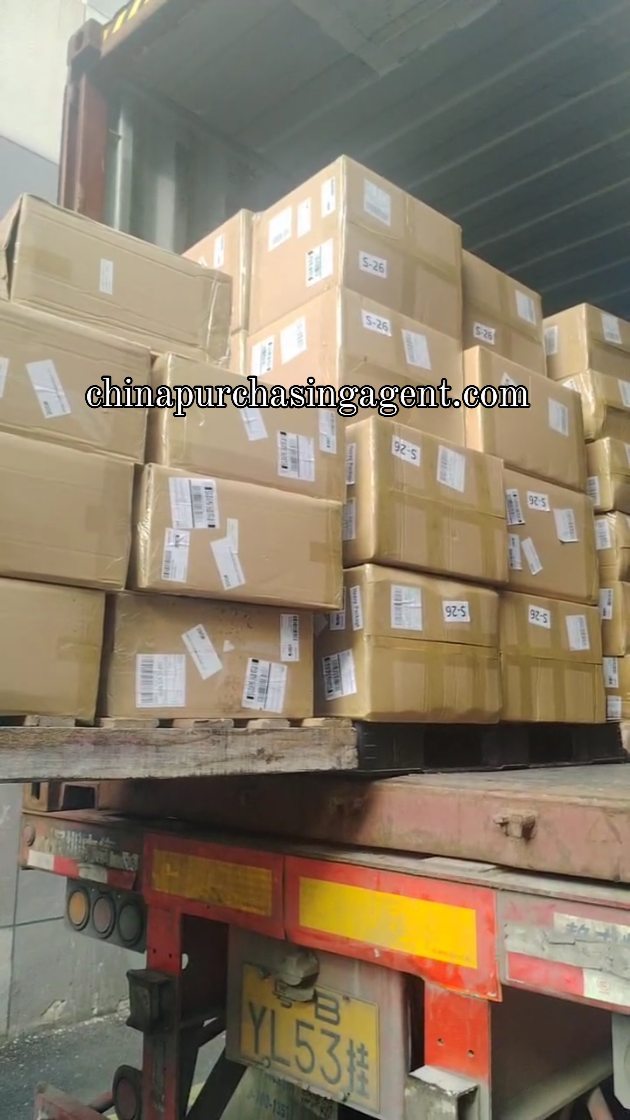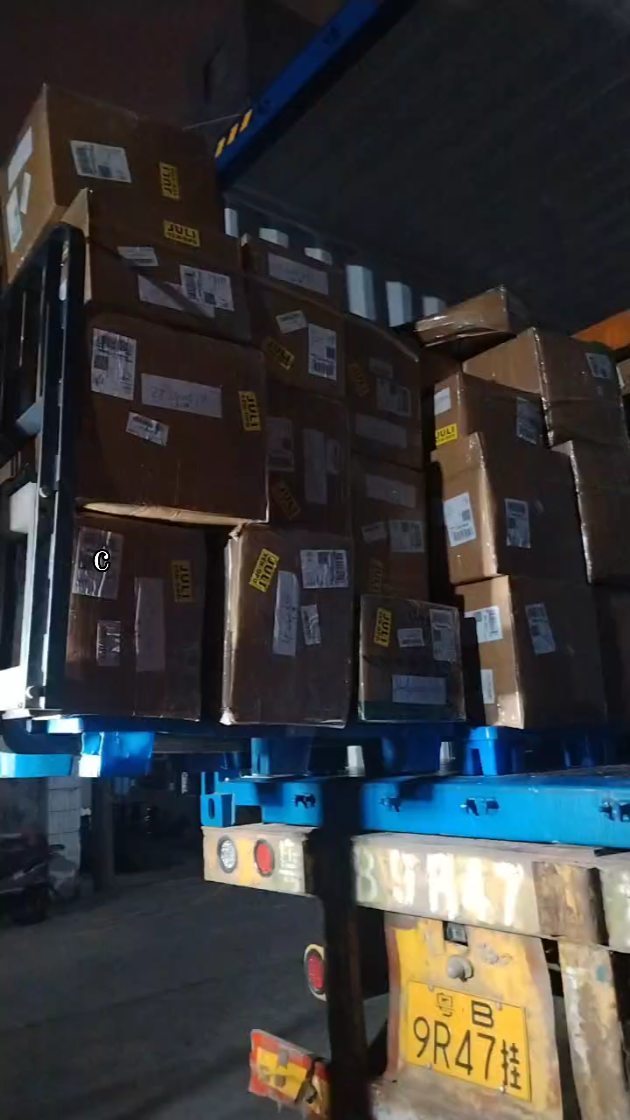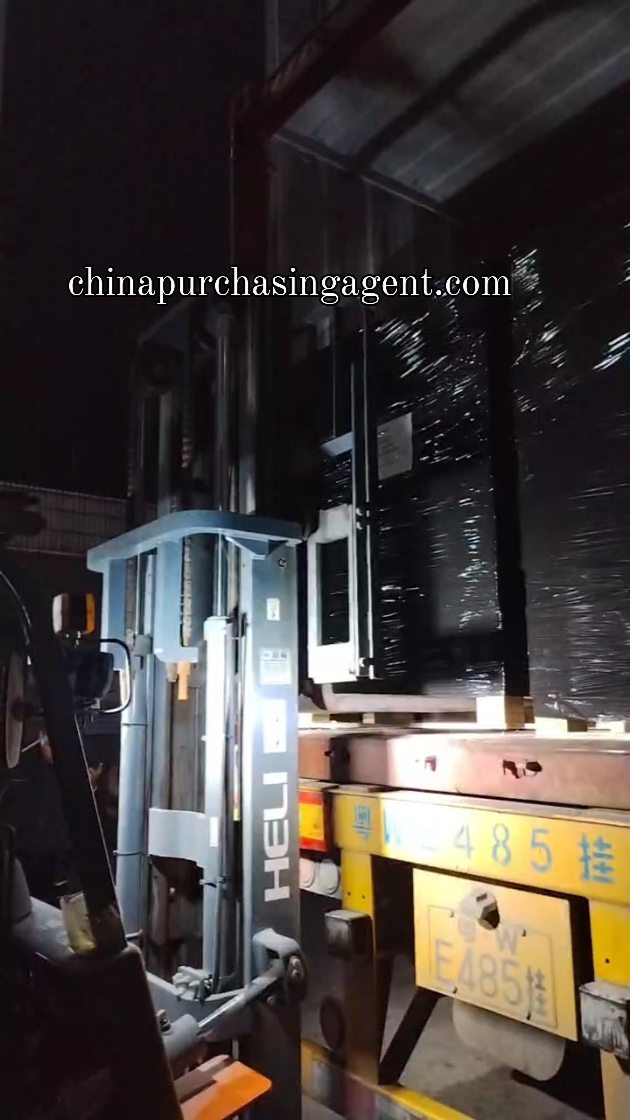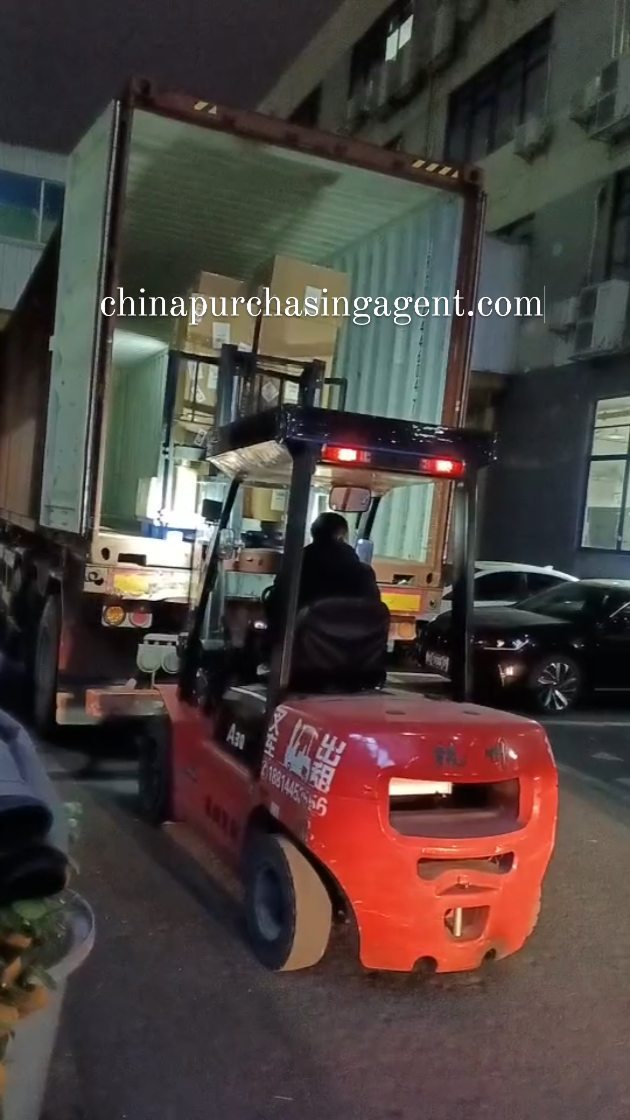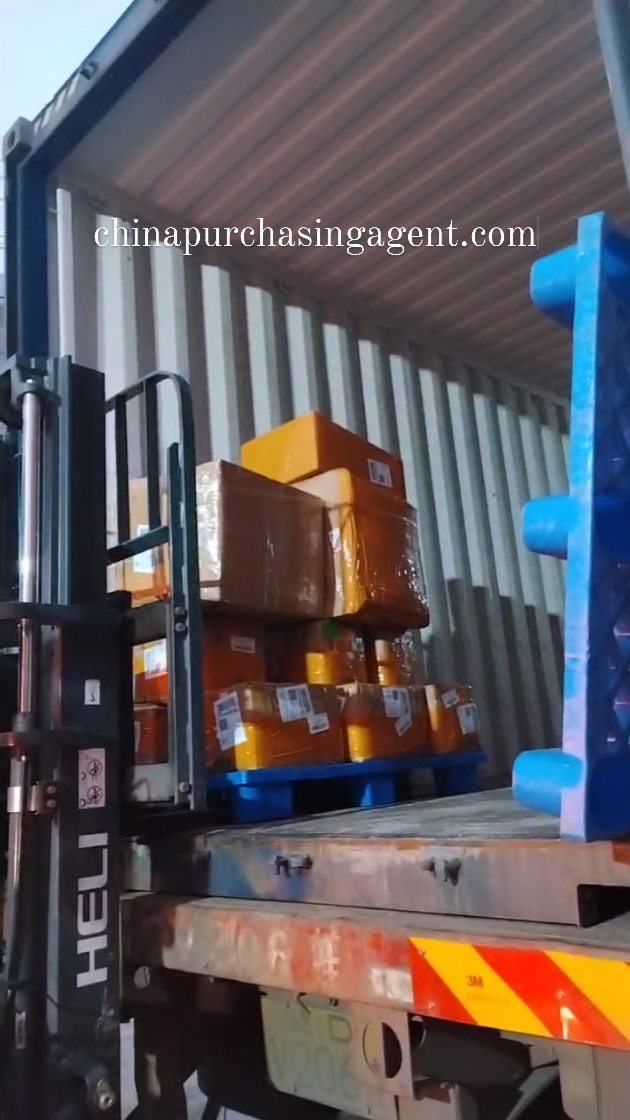In business, either registered or not, an important thing that is done every day is auditing. Potential buyers do auditing either consciously or unconsciously.
Auditing is an examination of the various activity flows in an in a factory. It is done as a last step when considering a number of factories that manufacture or supply a particular desired product. In a factory, auditing is done by a body business professionals called auditors to check through various records kept within an organization to help them proffer the standpoint of the factory. This article is a definite guide to factory auditing.

Why Factory Auditing?
Factoring auditing helps people to know if a supplier is providing a material that meets the requested or desired standard. The process is not simple as listed. Auditors go through a series of procedures to have an auditing session completed.
The Processes involved in factory auditing include:
1. Identification and Screening:
Before choosing a supplier, buyers consider a list of companies or factories that produce a particular product that they seek. They check through a prepared list to consider one as their preferred choice.
1a. Screening by Questionnaire
There is a screening done by asking questions and probing. It can be by asking people around, or buyers of a product made by the targeted supplier. The auditors ask about the working conditions, service conditions, the environment, and relationship terms with the customers. All these are to gather information needed for a favorable marketing condition.
1b. Screening by Verification
Here, questions are asked from the factory authority itself, about their production stages and rendered services. This is done after the numbers of suppliers have been narrowed down, and their sources and locations are confirmed.
2. Sources and backups
Every buyer considers more than one supplier. After evaluating and screening the narrowed down factories, a scale is drawn. The scale is to rank the factories in order of relevance and favorable conditions. Alternatives are marked and backups are labeled.
3. Verification of Documents
This stage includes more in-depth auditing of the organization. Not many prospective buyers get into this type of screening. Usually, they stop at the first. However, big buyers (especially
when auditors are involved) request and engage the factory authority for in-depth details through screening. This step includes the checking of the company’s legal document to see if they have operative licenses and documents from the due organizations and governmental bodies responsible for what they do.
4. Observation of the Production Area
When all documents and records have been verified, the next step is to check the production area of the factory. Here, they examine if the factory has favorable production procedures, clean production sites, hazard free with safety measure considerations. During this auditing process, a prospective buyer has more to file personal in auditing forms based on the production condition of the factory.
In factory inspection, the things that are considered include the speculative cost of production based on procedures, equipment, and materials used. Another consideration is the capacity of the factory; if the factory is able to supply the quality and the number of products they are looking forward to buying. In the capacity consideration, they ask or judge the average quantity of products made per day, week, or month.
5. Verification of Quality System
Questions are asked workers and the quality controlled department to understand the factory’s standard operating procedures and measures.
6. Social Compliance
There are further probes and questions with which the auditors file their Social Complaint form. With this form, a company’s brand can be built or ruined. It depends on the arm the company extends to the auditors when around (supplier-to- buyer relationship) and the production conditions of the factory in 4 above.
7. Report
At the end of an auditing session, a report is filed to rank the factory on a scale that meets the prospective buyer’s speculations in accordance to a national policy.





